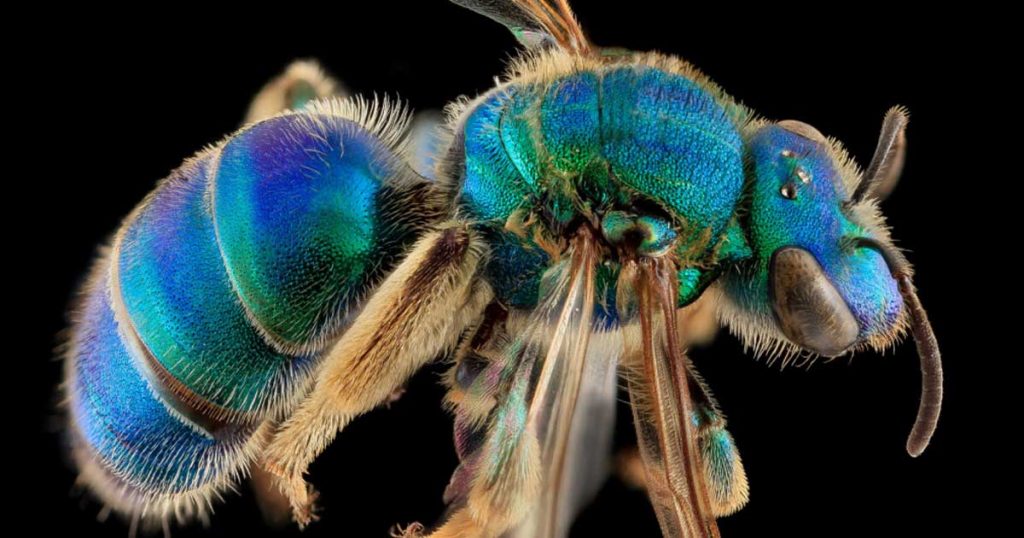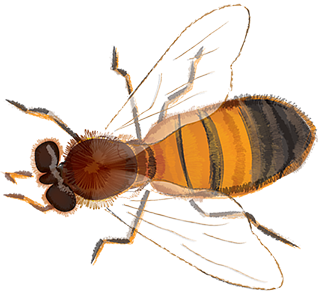Researchers take advantage of photography technology developed by the U.S. Army to capture beautiful photos of bees native to North America.
Four years ago, Gutierrez came up with a system that consisted of a camera fitted with a macro lens, a mount with a slider, and digital software suitable for stitching pictures together.
Taking images at the level of magnification needed for bees or mosquitoes meant that there was absolutely no depth of field, says Droege. Only portions of an insect would be in focus at any one time.
So if researchers or Army personnel wanted a picture of an insect that was completely in focus, they would have to take several pictures—each one focused at different points—of the specimen and combine the photographs for one in-focus image.
Mounting a camera with a macro lens on a slider programmed to step through those various focal increments enabled anyone to take the photographs.
When Droege and Gutierrez teamed up several years ago and the USGS biologist got the first bee picture back from Gutierrez, “it was mind-blowing,” Droege says.
“The pictures are so detailed, they create a virtual museum for these specimens,” he says. A scientist could use the images to really drill down to the level of detail needed to identify species.
Once Droege trained sufficiently on the system to build his own setup, he started making pictures and posting them on the photo-sharing site flickr.com in 2010.
The bee pictured above, known as Augochloropsis sumptuosa, is a sand specialist, he explains. “It hangs out [on the] sand hills of North Carolina. You’ll see them on the Eastern Shore in the dune areas.”
This species forages for pollen from flowers located on the edges of those sand dunes.
Source:
http://www.nationalgeographic.com/features/140114-bee-native-macro-photography-insects-science/#.VRTnS-GHxmP







